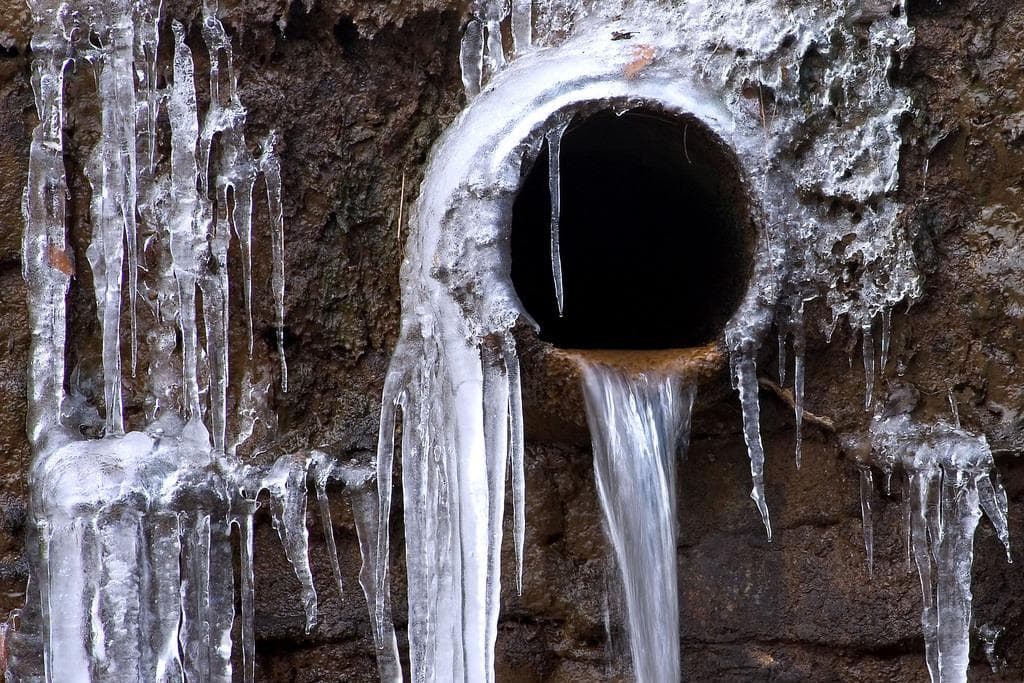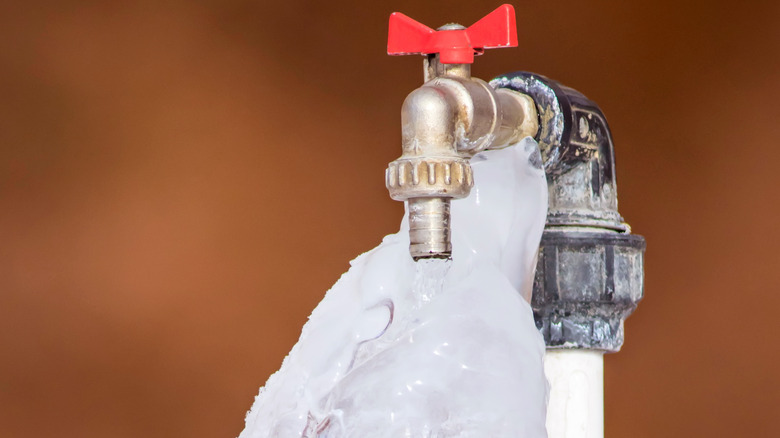Protecting Against Frozen Pipes: Effective Strategies for Cold Weather
Protecting Against Frozen Pipes: Effective Strategies for Cold Weather
Blog Article
The publisher is making several good observations related to How To Avoid Freezing Pipes as a whole in this post in the next paragraphs.

Winter can wreak havoc on your pipes, specifically by freezing pipelines. Below's just how to prevent it from happening and what to do if it does.
Introduction
As temperature levels decline, the danger of icy pipes rises, potentially leading to expensive repairs and water damage. Recognizing exactly how to prevent frozen pipelines is essential for homeowners in cool climates.
Comprehending Icy Pipes
What triggers pipelines to freeze?
Pipes ice up when subjected to temperature levels below 32 ° F (0 ° C) for expanded periods. As water inside the pipelines ices up, it broadens, putting pressure on the pipe wall surfaces and possibly creating them to break.
Threats and damages
Frozen pipelines can cause water supply disturbances, residential property damage, and costly repair services. Burst pipelines can flooding homes and create extensive architectural damage.
Signs of Frozen Piping
Determining frozen pipes early can prevent them from rupturing.
Just how to recognize frozen pipes
Try to find lowered water circulation from taps, uncommon smells or noises from pipes, and visible frost on exposed pipelines.
Avoidance Tips
Insulating susceptible pipelines
Wrap pipelines in insulation sleeves or use warm tape to secure them from freezing temperature levels. Focus on pipes in unheated or outside locations of the home.
Home heating strategies
Maintain interior areas sufficiently warmed, specifically locations with pipes. Open up closet doors to enable warm air to flow around pipes under sinks.
Shielding Outside Pipes
Yard pipes and exterior taps
Detach and drain garden hose pipes before winter months. Mount frost-proof spigots or cover outside taps with shielded caps.
What to Do If Your Pipelines Freeze
Immediate actions to take
If you think icy pipes, maintain taps open up to eliminate stress as the ice melts. Make use of a hairdryer or towels soaked in hot water to thaw pipes gradually.
Long-Term Solutions
Structural changes
Think about rerouting pipelines far from outside wall surfaces or unheated areas. Include additional insulation to attic rooms, basements, and crawl spaces.
Upgrading insulation
Purchase high-quality insulation for pipelines, attic rooms, and walls. Appropriate insulation aids maintain constant temperatures and minimizes the threat of frozen pipes.
Final thought
Preventing frozen pipelines needs positive measures and quick responses. By comprehending the reasons, indications, and safety nets, homeowners can protect their plumbing during winter.
6 Proven Ways to Prevent Frozen Pipes and Protect Your Home
Disconnect and Drain Garden Hoses
Before winter arrives, start by disconnecting your garden hoses and draining any remaining water. Close the shut-off valves that supply outdoor hose bibs and leave the outdoor faucet open to allow any residual water to drain. For extra protection, consider using faucet covers throughout the colder months. It’s also important to drain water from any sprinkler supply lines following the manufacturer’s directions.
Insulate Exposed Pipes
Insulating your pipes is an effective way to prevent freezing. Pipe insulation is readily available at home improvement stores and is relatively inexpensive. Pay close attention to pipes in unheated areas such as the attic, basement, crawl spaces, or garage. Apply foam insulation generously to create a buffer against the cold. You can also wrap your pipes in heat tape or thermostat-controlled heat cables for added warmth.
Seal Air Leaks
Inspect your home for any cracks or openings that could let in cold air. Seal any holes around the piping in interior or exterior walls, as well as the sill plates where your home rests on its foundation. Additionally, make sure to keep your garage door closed unless you’re entering or exiting. Leaving it open creates a significant air leak that can lead to frozen pipes.
Allow Warm Air Circulation
During cold snaps, it’s essential to allow warm air to circulate evenly throughout your home. Leave interior doors ajar to promote better airflow. Open kitchen and bathroom cabinets to help distribute heat consistently around the rooms. If you have small children or pets, be sure to remove any household chemicals or potentially harmful cleaners from open cabinets for safety.
Let Faucets Drip
A small trickle of water can make a big difference in preventing ice formation inside your pipes. When temperatures drop significantly, start a drip of water from all faucets served by exposed pipes. This continuous flow helps prevent the water from freezing. Additionally, running a few faucets slightly can relieve pressure inside the pipes, reducing the chances of a rupture if the water inside does freeze.
https://choateshvac.com/6-proven-ways-to-prevent-frozen-pipes-and-protect-your-home/

I'm just very curious about Winter Plumbing Precautions: Preventing Frozen Pipes and I'm hoping you appreciated the blog entry. Loved our piece? Please quickly share it. Help other people discover it. Many thanks for your time invested reading it.
Apply Now Report this page